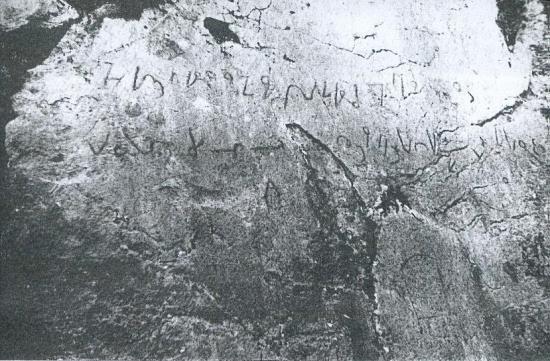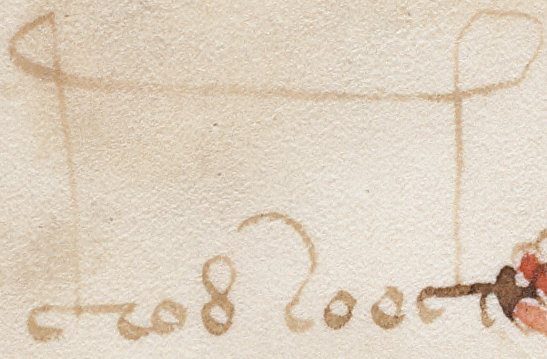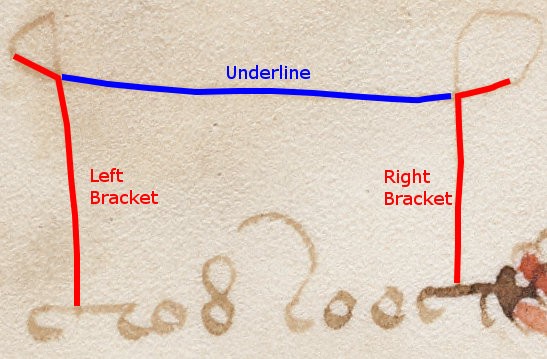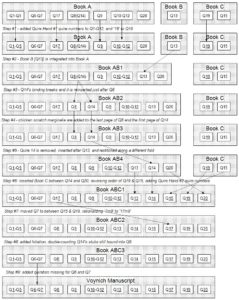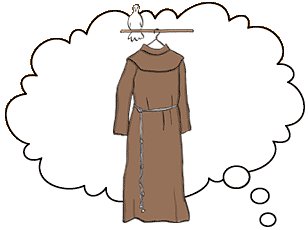I think it’s fair to say that even though the French love books in general, there’s one category in particular they adore – anything revealing the long-lost secrets of the Knights Templar. To a relative outsider (such as me), the 1309 suppression of Les Templiers by the French king comes across as a wound to the national psyche that has required a mile-high Band-aid of literary retribution to attempt to heal.
Of course, the not-so-subtle questions that pretty much everyone actually wants answered are:
(a) “where was the Templar treasure hidden?“, and
(b) “can I have some of it?”
Admittedly, there is a fairly strong case to be made that by 1309 the Templars were probably close to bankrupt. Following the Seventh Crusade (1248-1254), there was effectively no Jerusalem for pilgrims to go on pilgrimage to: and so the whole raison d’etre for the Knights Templar (i.e. protecting pilgrims) had basically vanished. Hence Templar historians I’ve talked with believe that, after 1254, the Order pretty much ‘withered on the vine’, not really taking any new recruits. By 1309, it was an old man’s order, and I suspect its cash reserves had dwindled to close to nothing.
All the same, the romance of secret caches of gold- and jewel-filled barrels remains: and so French armchair treasure-hunters continue to wave their virtual metal detectors over the scantiest morsels of Templar-related texts, hoping that this might just uncover the ultimate secret history haul. Really, Rudy Cambier’s biggest insult against this établissement is his idea that the Templars might deign to bury their precious cargo in Hainaut of all places – when of course, it could only genuinely have be buried in La France! (And let’s not wake up the Sinclair and Oak Island factions here, OK? *sigh*)
Compiling a list of hopeful French Templier-trésor authors would consume decades of anyone’s life: but there’s one whose cycle helmet, in my opinion, is several wheels ahead of the pack. For me the maillot jaune of Templar authors is Alfred Weysen, author of (1972) “L’Île des Veilleurs” (The Island of the Watchers).
Unfortunately, second-hand copies of this are £60+, and the best modern treatment of the same evidence seems to be Paul Amoros, Richard Buadès et Thierry-Emmanuel Garnier’s (2007) “L’Île des Veilleurs, Contre-Enquête sur le Mystère du Verdon et le Trésor de l’Ordre du Temple”, which is currently being reissued (but copies of this also go for £60+). For the moment, these remain only for researchers with particularly deep pockets.
The rest of us will have to make do with this nice French website dedicated to the whole “L’Île des Veilleurs” enigma, which I’ll briefly summarize.
“The Isle of the Watchers” denotes a 66 square kilometre area in Provence, bounded by the towns of Castellane, Le Bourguet, Jabron, Trigance, Soleils and Taloire, and containing Veydon; and by the D252 road to the east and the D955 to the west. The term was coined by Alfred Weysen, though the claim linking the area to Templar treasure first appeared in print in Robert Charroux’s (1962) “Trésors du Monde: Enterrés, Emmurés, Engloutis” [Éditions J’ai Lu].
All the same, Weysen’s book goes far beyond this, by linking all manner of local sites with Templars and other historical narratives. He asserts:
* that Veydon was the subject of Goethe’s 1795 story Das Märchen (Le Conte), or The Green Snake, with Goethe’s having previously been initiated into a centuries-spanning secret society (naturally).
* that a passage connecting La Baume Jardin (The Hermit Cave) to another cave beneath the chapel of St. Trophimus, a Templar church located (unusually) on the side of a mountain.
* that numerous authors support the notion that this area hold Templar treasure.
* that his argument is undoubtedly correct because of various numerological justifications etc etc.
Personally, I have no great interest in unearthing the fabulous wealth of the Templar hoard: anyway, it’ll already take me the rest of my lifetime to spend my share of the Beale treasure. (Ha! As if!) But what does interest me is that Weysen discusses what seems to be a genuine cipher mystery, somewhere in the gorges by Jabron (much loved by canoeists), though it would be somewhat… premature for us to agree that it’s a Templar message just yet, let’s say. And I found a passable picture of the cryptogram here:
What message do these scratchy glyphs hold? Weysen believed that he was able to decrypt them, and that they said…
Salut! Tu es ici dans les terres de la Vraie Croix. Céleste dominant l’éternité, baille aux languissants la clarté.
Well… I’m going to stick my neck out and say that I don’t think this makes a great deal of sense. But if we can get a better picture of this to work with, I reckon we probably can decrypt it between us…
…Is anyone here going on holiday in Provence this summer who would like to take up this challenge? Just asking! 🙂
